Core Principles
All types of TOD are defined by a commonly shared set of principles that differentiate them from other conventional types of development.
MIX OF USES
The clustering of different uses around transit – housing, office, retail, health providers, and others.

DEVELOPMENT DENSITY
Enables the ability for people to walk or bike in between destinations, rather than drive.

MULTIMODAL
Streets, sidewalks, bicycle lanes, bus stops, and other infrastructure that accommodates safe and comfortable use by pedestrian and bike use.

NEAR HIGH-QUALITY TRANSIT
Proximate frequent and reliable transit that connects the area to opportunities throughout the region.

INTEGRATED WITH SURROUNDINGS
Development is well-integrated with the existing neighborhood characteristics and fabric.

SAFETY/ACCESSIBILITY
Development prioritizes public safety and accessibility for people of differing abilities through infrastructure design, lighting, and signage.

TOD can be successful in a variety of contexts. While low-density land uses are not compatible with TOD, there are many examples of successful TOD without a single high-rise. In other situations, high-quality transit makes it possible to accommodate major development without generating significant car traffic. Examples of various TOD typologies are shown below.